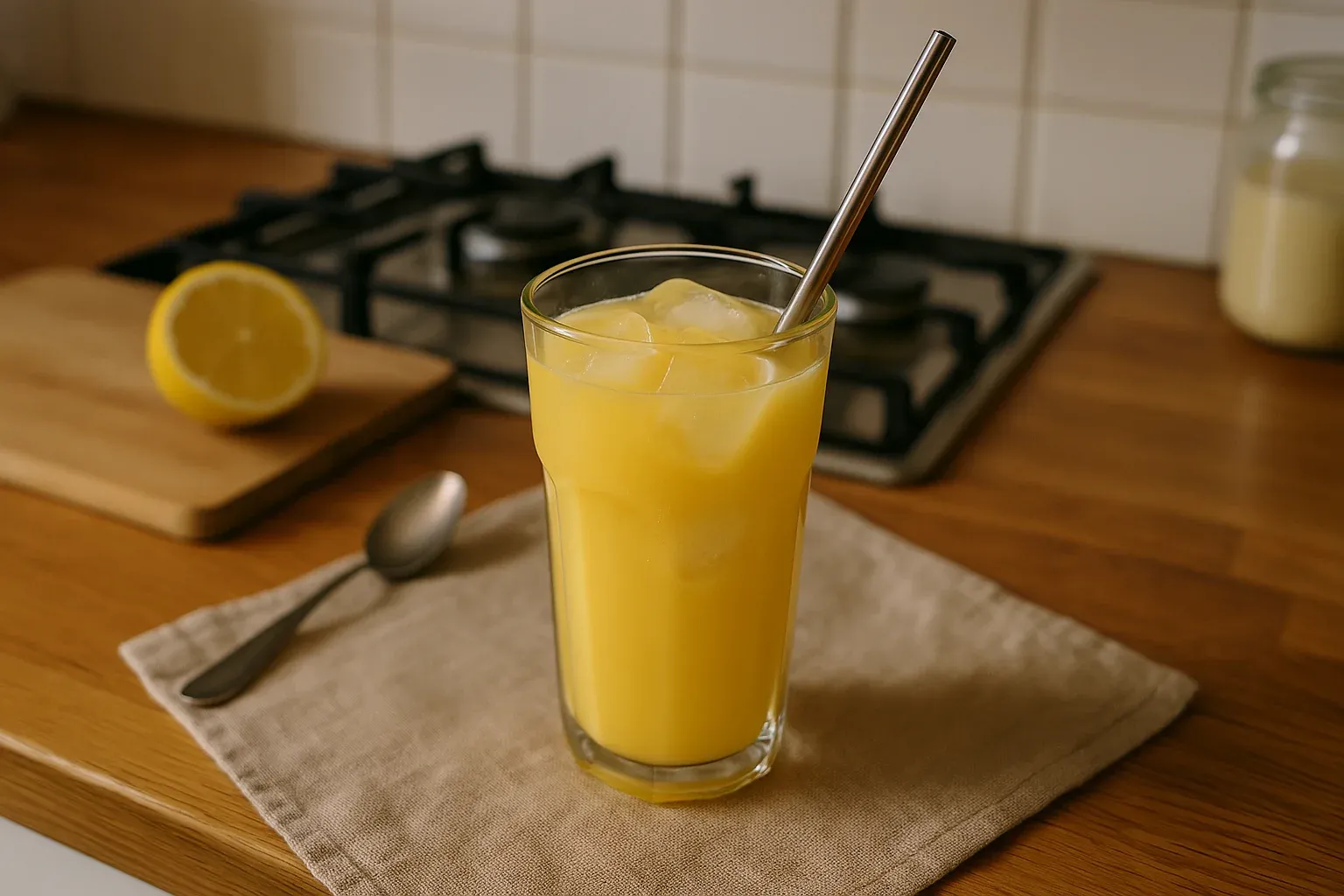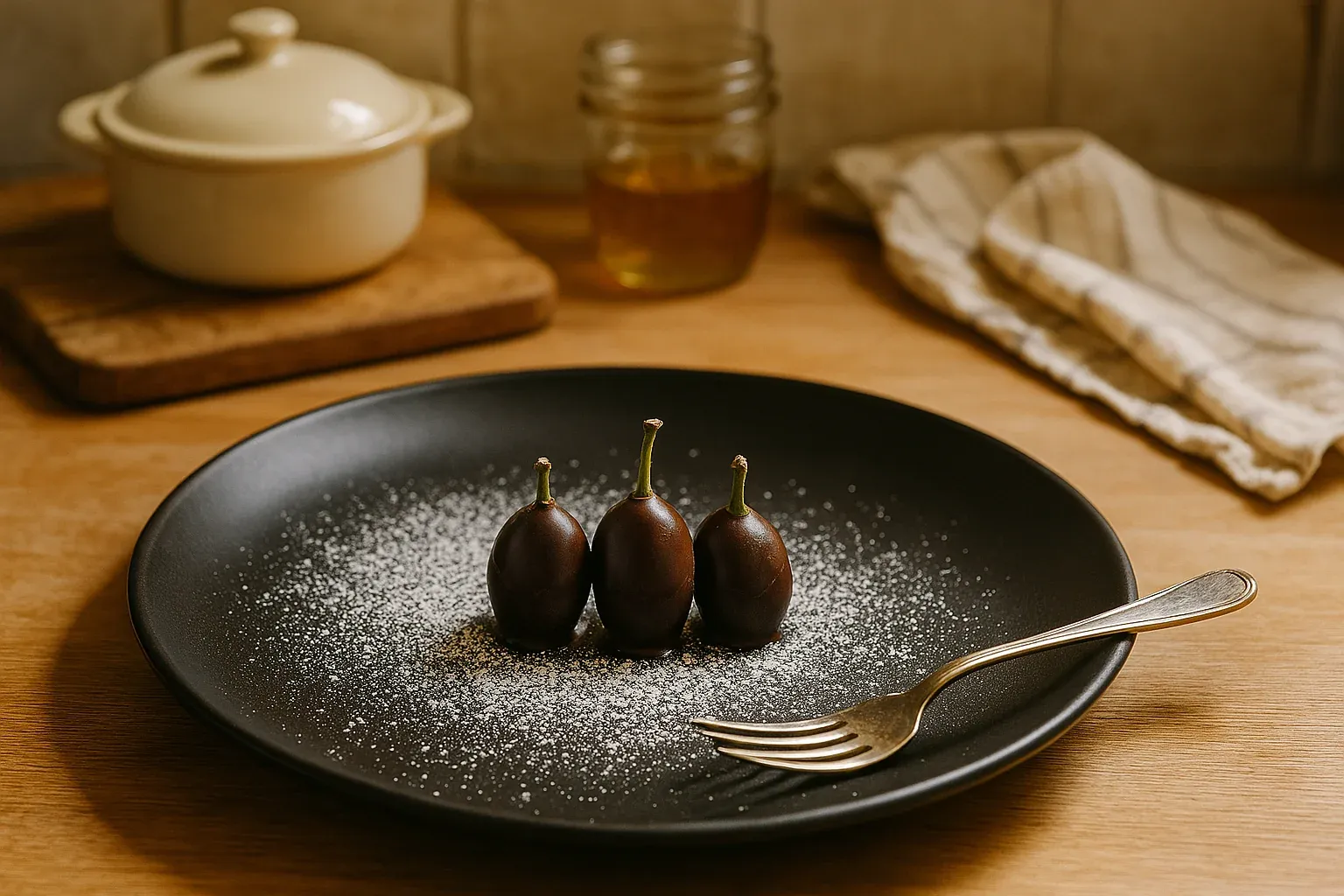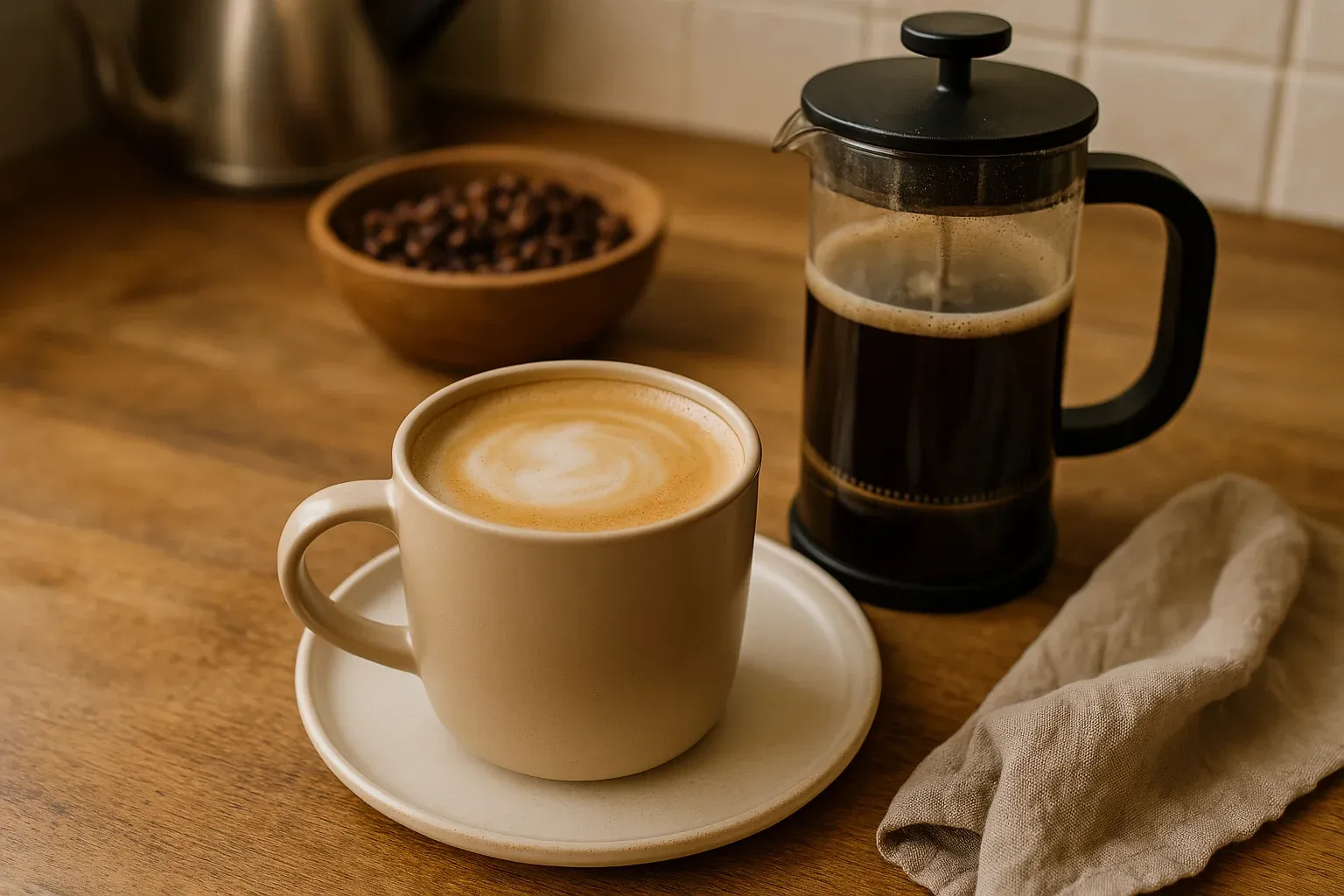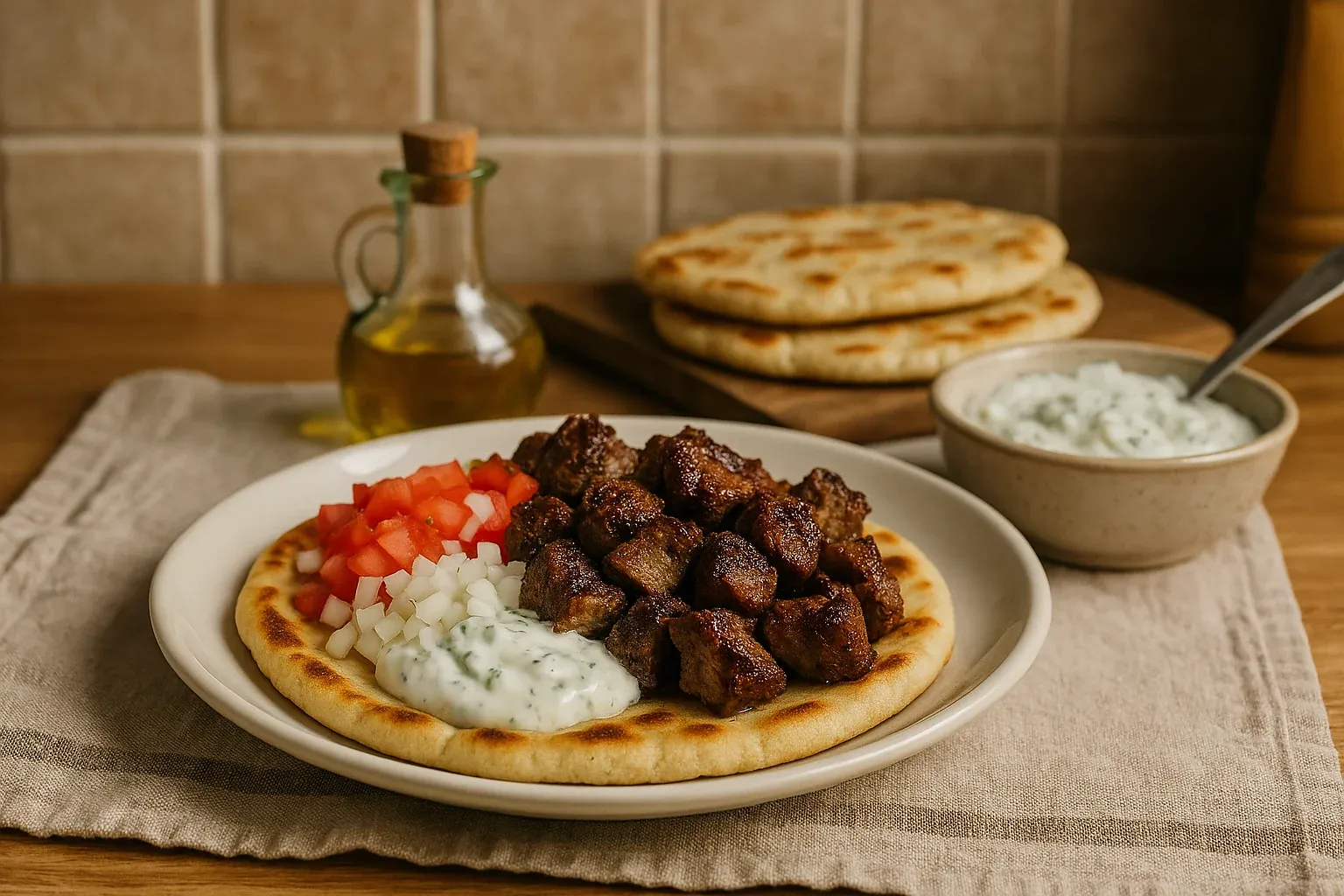Reactive pans are made from materials that chemically react with acidic foods. The reaction can cause the foods to absorb a metallic taste and also to discolor. Basically when reactive pans are exposed to foods with high acidic content tiny traces of the metal leach into the food creating an off taste. Examples of reactive pans are:
- copper, non-lined
- iron
- aluminum
If a recipe calls for non-reactive pan simply avoid using any of the above mentioned. Also be sure to avoid using spoons, whisks and any other implements that are made from reactive materials.
For these reasons, if I am making a dish that has tomatoes I will avoid using my beloved iron skillet and will instead use my aluminum bonded stainless-steel pan. Some ingredients that you should avoid using with reactive pans are:
- artichoke
- chocolate
- lemons
- lemon juice
- limes
- oranges
- rhubarb
- tomatoes
- vinegar
- wine





